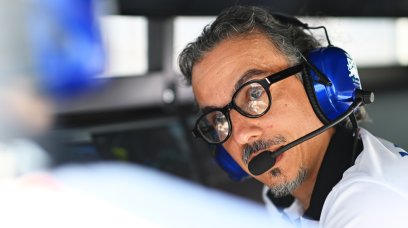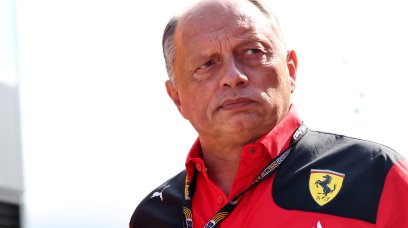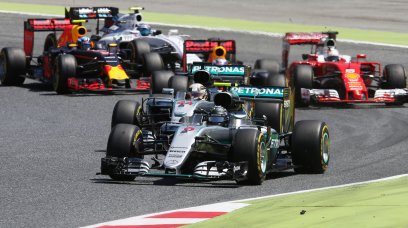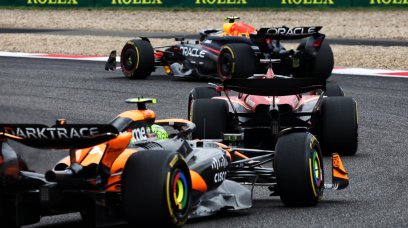Formula 1 and porpoising go hand in hand in 2022, with the phenomenon returning under the sport's rules reset – and the move to a ground effect aerodynamic concept. Cutting a long and detailed story short, downforce is now predominantly generated by airflow under the car, rather than over it, meaning cars are sucked to the ground. However, a side effect of the philosophy is that the car's natural frequency can cause resonance through the chassis, which leads to dramatic bouncing along the straights. During pre-season testing, RacingNews365.com asked engineers from several teams whether it was a calculated problem, or a complete surprise. The general response was that the bouncing is a legacy of the ground effect cars from the 1980s, with the specific configuration of the 2022 machines magnifying the issue. A second answer often provided was that, despite the problem being known, it proved difficult to simulate in the wind tunnel – even if the technology is extremely advanced. The maximum speed of an F1 simulation in a wind tunnel is equivalent to 180 kilometers per hour, while the threshold for porpoising is estimated to be at around 250 kilometers per hour, depending on the aerodynamic set-up of the car. Red Bull Chief Technical Officer Adrian Newey recently explained to The Race that although it is difficult to create a mathematical model for porpoising, and thus simulate the phenomenon, it is not impossible. Newey attempted to formulate what causes the bouncing, focusing on the moment the airflow under the car is squeezed. The formula he seemingly employs for this is known among aerodynamicists as the Strouhal number.
Have Red Bull stolen a porpoising march on their F1 rivals?
Using the base formula of St = fL / V, 'f' is the frequency of the airflow, 'L' is the size of the object and 'V' is the varying speed of the flow. This leads us to think that Newey and his team have been able to figure out the phenomenon of porpoising (although it is not known to what extent), in order to make adjustments to the floor of the Red Bull RB18. While this does not completely eliminate the problem, it does allow it to be managed in the most efficient manner – as television footage and trackside observations seem to suggest. Newey himself accepts the compromises that must be made during the design phase in order to achieve this goal, one being that there will be less precision in terms of optimising the car's set-up. With the latter point in mind, the balance problems experienced by Red Bull in Australia - where the front and rear did not work together in harmony - can be explained. While the line between a perfect and a faulty set-up is extremely thin, this approach does go a long way to managing the effects of porpoising on any track. As always in F1, it is a question of evaluating the risks and benefits of a design choice. At the Emilia Romagna Grand Prix, where Red Bull claimed a 1-2 finish, it proved highly successful – even in tricky weather conditions. It remains to be seen if the perfection achieved in Imola can be replicated at other tracks, a factor that could transform the way in which the season - and the title race - plays out.
Most read



















